The unsettling story of the Nazi finishing school in East Sussex
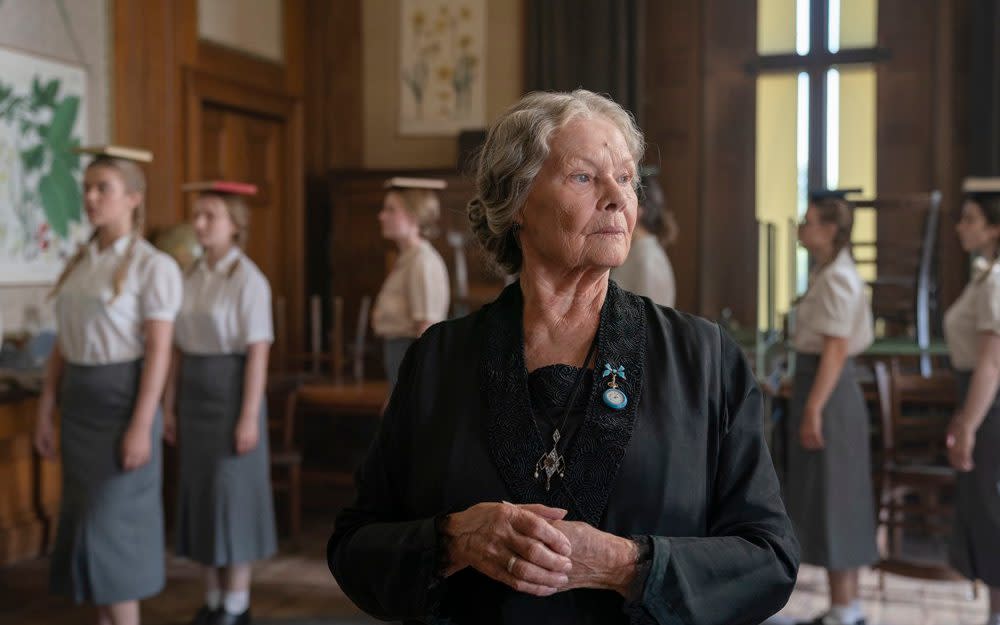
In the 1930s, there were hopes that the sleepy seaside resort of Bexhill-on-Sea, East Sussex, could hold the key to mitigating the risk of war with Germany.
On Dorset Road, a quiet residential street, is a large Victorian villa that once housed a Nazi finishing school, where up to two dozen daughters of the Nazi regime were sent to improve their English and become eligible young women before being launched into society.
Even as anti-German sentiment grew elsewhere in Britain, the girls were welcomed in Bexhill: Germany would not go to war with Britain, the thinking went, when its high-ranking daughters could be at risk.
The unsettling story of the Augusta Victoria College is the subject of Six Minutes to Midnight, a film starring Eddie Izzard, who grew up in the town, and Judi Dench. Both actors play fictional characters based on real teachers from the school.
Together with volunteers from Bexhill Museum, Izzard spent years researching the school and putting it all together into a story stranger than fiction.
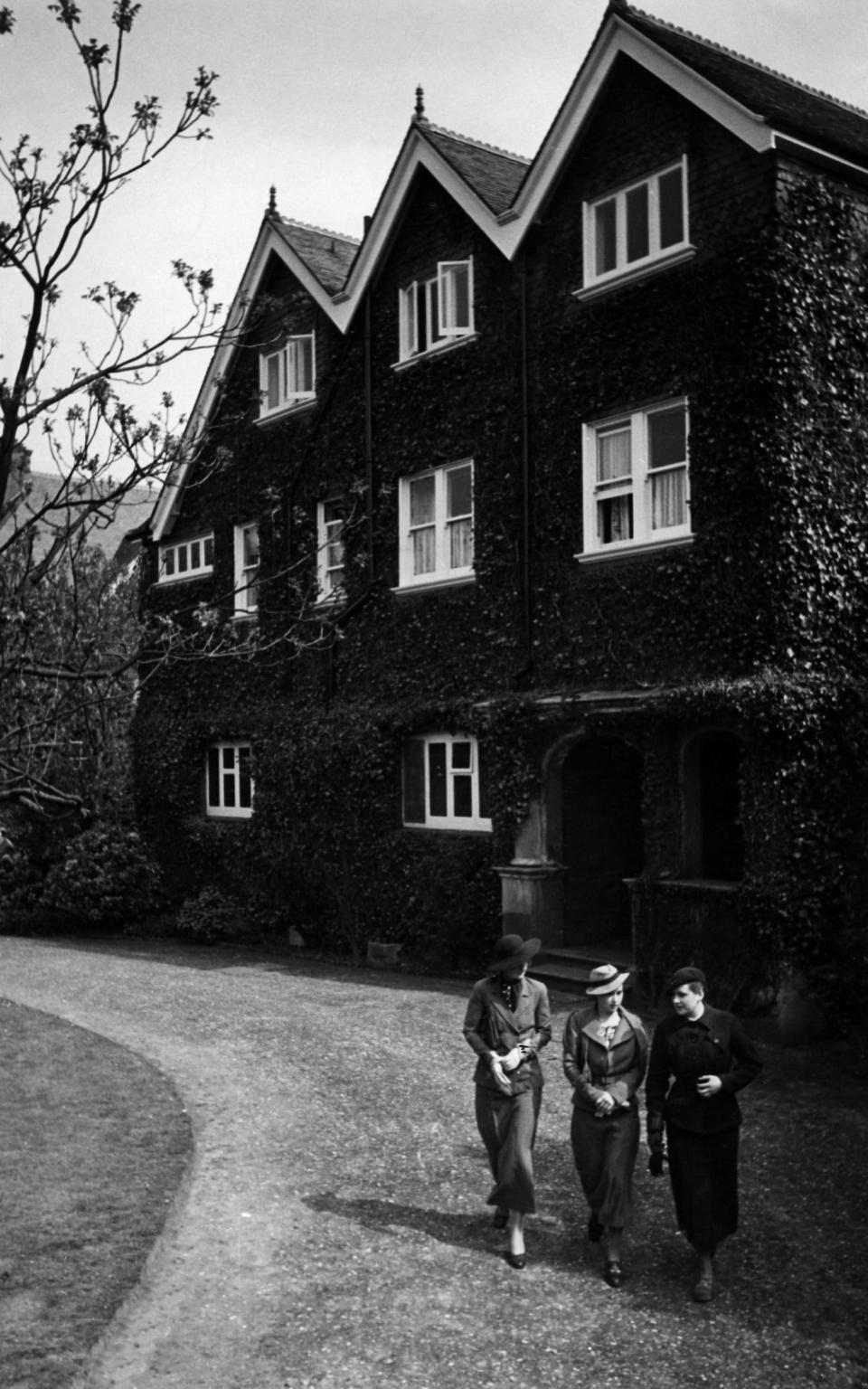
Founded around 1934, the school was headed by Frau Helene Rocholl, an enigmatic woman who by all accounts was well connected and dedicated to the Nazi regime. The school, whose badge had a Swastika on one side, the German imperial flag on the other and a Union Jack in the middle, took in up to 24 girls at any one time, aged 16 to 21.
The girls were plucked from the highest ranks of German society: among them was a god-daughter of Heinrich Himmler, the second-most powerful man in the Nazi regime, as well as Bettina von Ribbentrop, who was the daughter of the German foreign minister.
As well as daughters of the Nazi regime, there were also girls from the aristocratic “old” German society, such as Princess Herzeleide of Prussia. There were English and Finnish girls, too, whose parents were presumably Nazi sympathisers.
Curious systems were in place for telling who went where in the social ranks, according to Julian Porter, curator at Bexhill Museum. “The laundry tags in the uniform apparently had coronets [next to the girl’s name]”, he says. “The posher you were, the more points on the crown.”
To some extent, the school appeared to be a normal finishing school. The girls wore pale blue blazers, took lessons in deportment, played a lot of tennis and often complained about the food. In the mornings, they learnt English language, and the afternoons were dedicated to English customs.
These sessions, which in practice usually involved exploring the town or swimming and sunbathing on the beach, were led by Mollie Hickie (née Willing), a young English woman who was a chaperone at the school. Much of what’s known about Augusta Victoria College comes from interviews she did with local historians and Izzard before she died in 2014, aged 100.
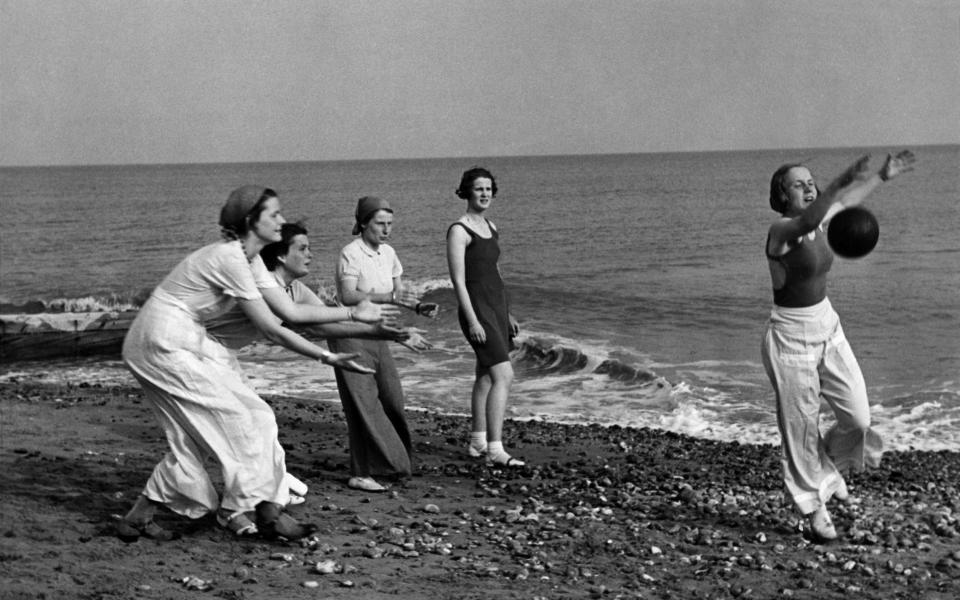
In accounts of day-to-day life at the school, published in a local history book called Bexhill Voices Two, Hickie said: “I was very happy at the College and made a lot of good friends.”
The testimonies sit uncomfortably with what we now know about the atrocities perpetrated by the Nazi regime. Countess Haldenberg, niece to the German ambassador Herbert von Dirksen, was a pupil at the school and recalled that the school would mark Hitler’s birthday each year. In her autobiography, she describes celebrations of singing Nazi songs, flying a swastika flag and having “food that was a little better than usual”.
It was all part of the school’s “subtle and… insidious” role in Nazi pre-war soft power, according to Porter. He says: “The girls were of marriageable age, they could speak good English and would be in high society finding husbands who were decision makers, so they could later say, ‘Look here, dear, Hitler isn’t so bad’. Whether the girls actually had any success marrying English men is not clear.”
He and the team at Bexhill Museum believe that the school was part of Germany’s grand plan in the 1930s to form an alliance with Britain. “Hitler wanted to run Europe, and the British Empire would continue working for him… It was an idea that he would strike a deal with the empire then there wouldn’t be a war,” says Porter. “This is one of the subtexts of the college: it’s infiltrating British society.”
Over the years, the museum collected testimonies from people who came into contact with the school, including Dr Frederick England, minister of the presbyterian church that the girls attended in the town. After meeting Rocholl, Dr England said he realised the girls had been sent to Bexhill “not merely to study English – they could do that in Germany – but in order to get an insight into our English life and understand us”.
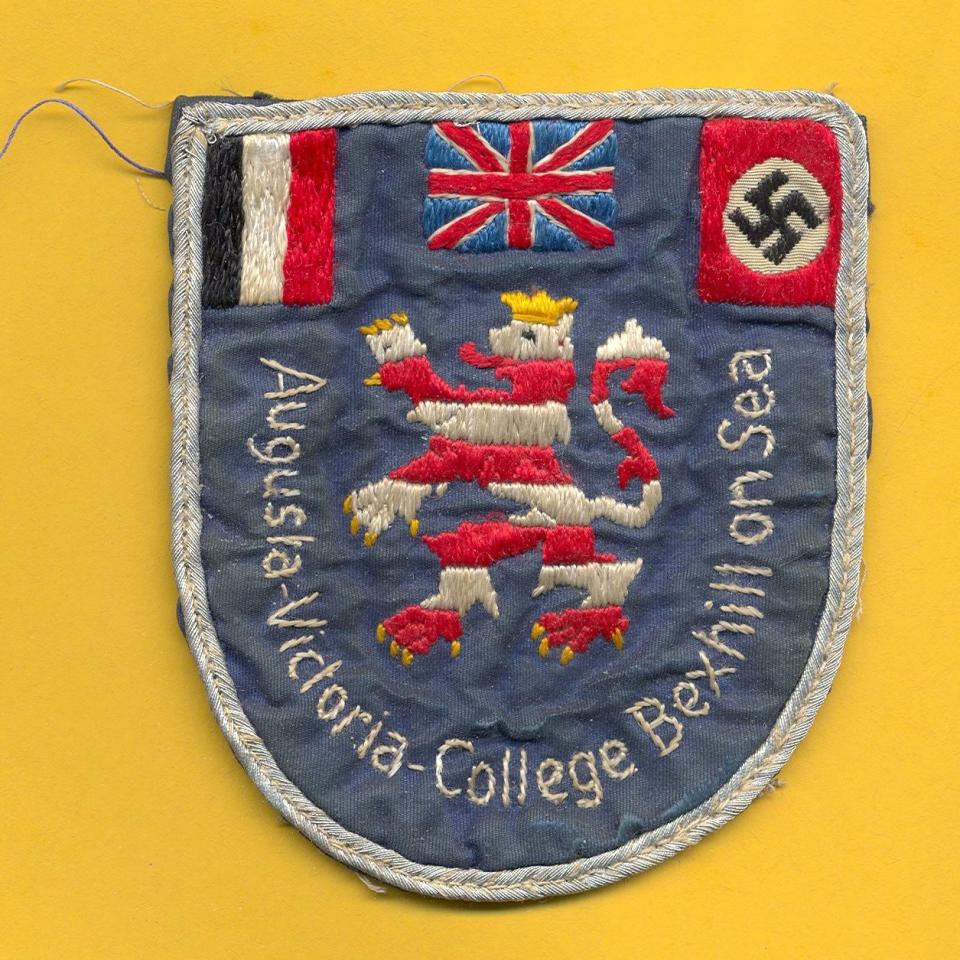
The German government certainly approved of the school. In May 1937, the girls were taken on an unusual trip to the German Embassy in London to meet the country’s war minister, Field Marshal von Blomberg. The Bexhill-on-Sea Observer reported that the girls presented him with carnations and greeted him with a Nazi salute.
Just before the war broke out, Rocholl was planning to open another campus with 100 boys in the next-door building, and hopefully grow the school from there.
“There would have been a little encampment of Nazi youth in Bexhill,” says Porter.
Curiously, no evidence of negative sentiment towards the school was found in the museum’s research through local newspaper archives. Although the town had driven out a rally of fascists in 1938, they somehow felt differently about the girls’ presence.
“The fascists were not welcome in Bexhill and were seen as a threat, but well-behaved teenage German girls in smart uniforms were not,” says Porter.
The school came to be a barometer for danger: when there were daughters of notable Nazis living in Bexhill, the threat of war seemed low. However, when they were removed for a few months during the Munich crisis in 1938, local fears grew. When it was resolved, the girls returned, and the threat again seemed low.
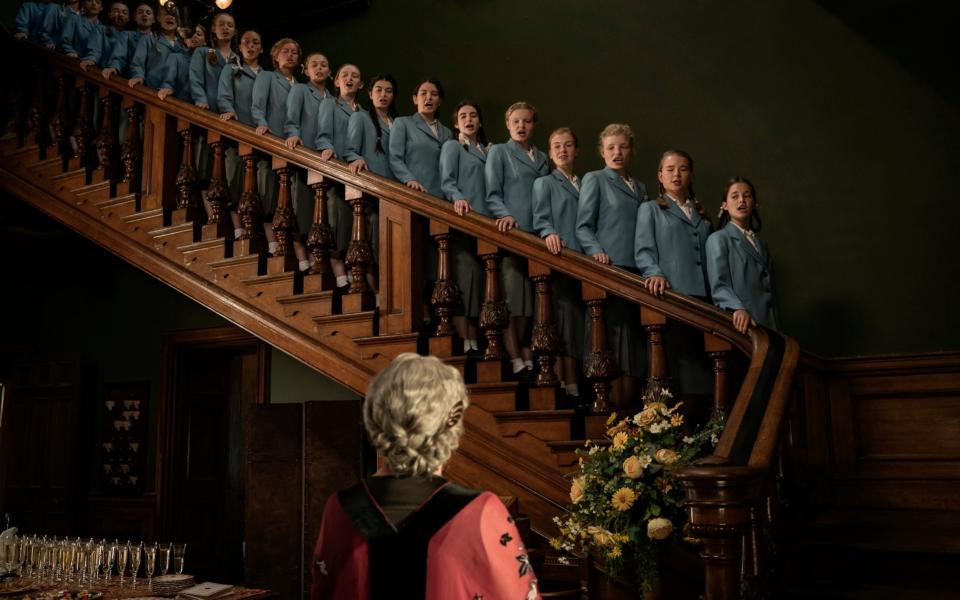
In May 1939, the Bexhill-on-Sea Observer ran a story about the school, titled “Confidence in Peace”, which said that the school still had no plans to send girls home in preparation for combat. Rocholl is quoted as saying that her plans to open the boys’ school showed how convinced she was that peace would prevail.
On Sept 1, all the pupils and German staff fled, days before Hitler’s tanks crossed the Polish border. The school had various uses in the war, including as a hospital and an army billet.
The building still stands, and most recently was a care home for people with dementia. The museum has not been able to discover what happened to Rocholl after she left.
Porter is passionate about raising the school out of the mists of history. It should serve as a warning, he says. To him, the school represents an alternative history where Britain collaborated with the Nazis out of fear. The consequences of this are “too grim to consider,” he says.

